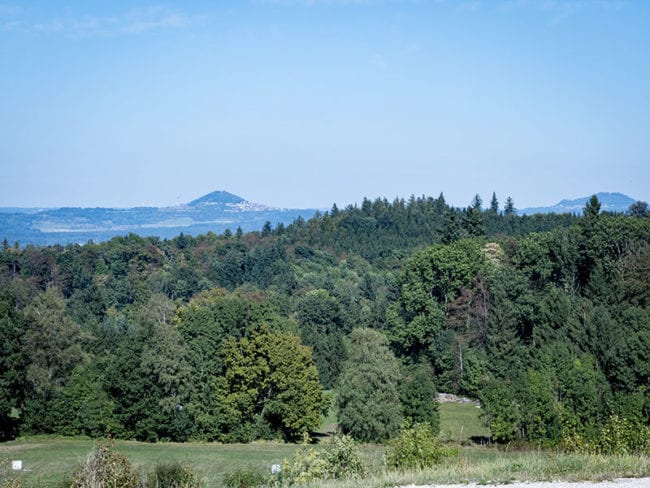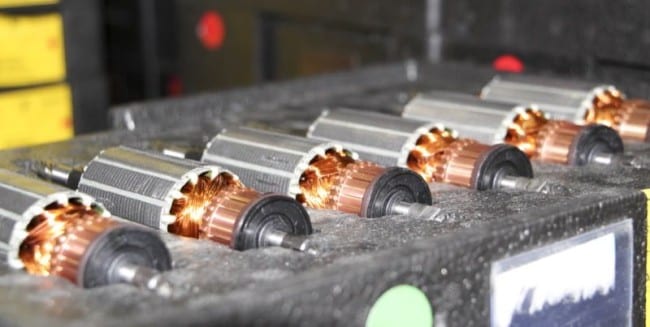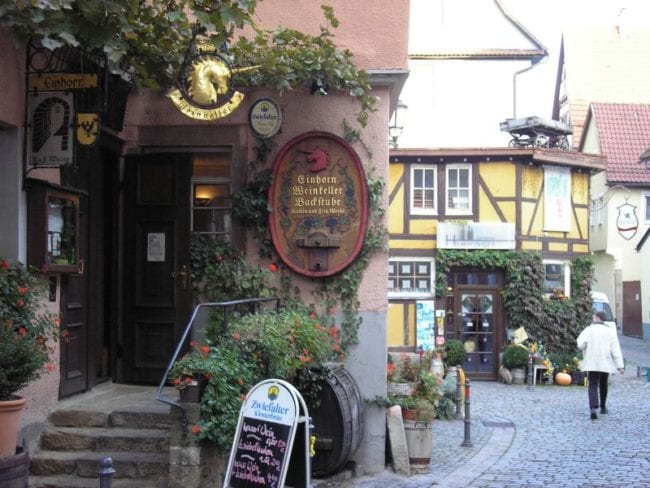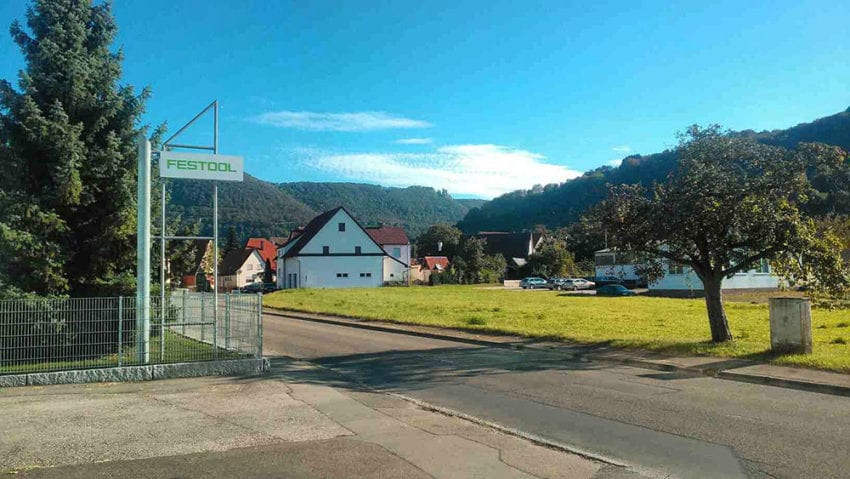Festool Germany Media Event Day 3: Production and Assembly
Our third day in Germany was all about production. Again, this was full of great information that I can’t really share with you thanks to the proprietary secrets that go on behind those closed doors. I can tell you that from assembly to product testing, each part of the process is a piece of a larger system engineered to be incredibly precise.
Festool is part of the TTS group (ToolTechnic Systems) along with Tanos, the company producing the popular Systainer (System + Container = Systainer) as well as Festool’s CT dust extractors. Many more companies than Festool use Systainers, even though they’re not as wide spread here in the US. From micro models through the large Systainer 5, the interlocking storage system is just as popular in Europe as it is here.
https://www.instagram.com/p/BK8YxAlDTq5/?taken-by=protoolreviews
Driving through the lower Alps, we stopped at a small cafe for lunch that offered an incredible view of the countryside along with some outstanding pan-fried Char.

Moving on into the town of Neidlingen, we went behind the scenes of Festool’s tool production. The factory floor assembly is very modern and, unsurprisingly, a system of moving and interchangeable parts to keep production rolling no matter what tool is in the highest demand. Without spilling any secrets, one of the impressive things Festool does with the human end of their workforce is take steps to ensure the health of their employees and maximize their efficiency in tool production.

One quality control point that I’m sure current Festool users won’t be surprised by is that every tool is tested before it can leave the facility for distribution. Even the smallest imperfection in a part will disqualify it from use and each tool is proven to function properly.
It’s here we also learned about the length of time it takes to bring a new tool to market. The design and testing process lasts 3 – 4 years on most models before it’s released. And that’s just in Europe. It can take another 3-4 years to get approval for the same tool to be sold in the US. That’s why we often see great Festool products being sold overseas without an imminent North American launch.
We stopped by to visit with a local painter who uses Festool products and also happens to be one of the most well known in the region, often being contracted as far away as France or Spain, though most of his work in within a 50-kilometer (~31 miles) radius. One thing we can say about Mr. Hartman, he keeps a tidy workshop and is truly a master of the trade.
We also began to grasp the difference between American and German cultures when it comes to the trades. Aspiring tradesmen face a 3-year apprenticeship while they learn their craft whether it’s painting, carpentry, or something else. It’s just an understood part of the process. Where in the US, the push is toward a college degree leaving a huge number of tradesmen jobs available, the trades seem to be a well-respected career choice and way to provide a good living for a family.
Stopping by the hotel long enough to freshen up, we walked to the one of the most popular restaurants in Esslingen – Einhorn (Unicorn) – which offers excellent traditional Swabian cuisine and an unbeatable atmosphere underground. Like much of the town, the building’s roots run deep having come into existence centuries earlier. Despite losing power as we left the hotel, the candlelit restaurant provided a memorable dining experience.




